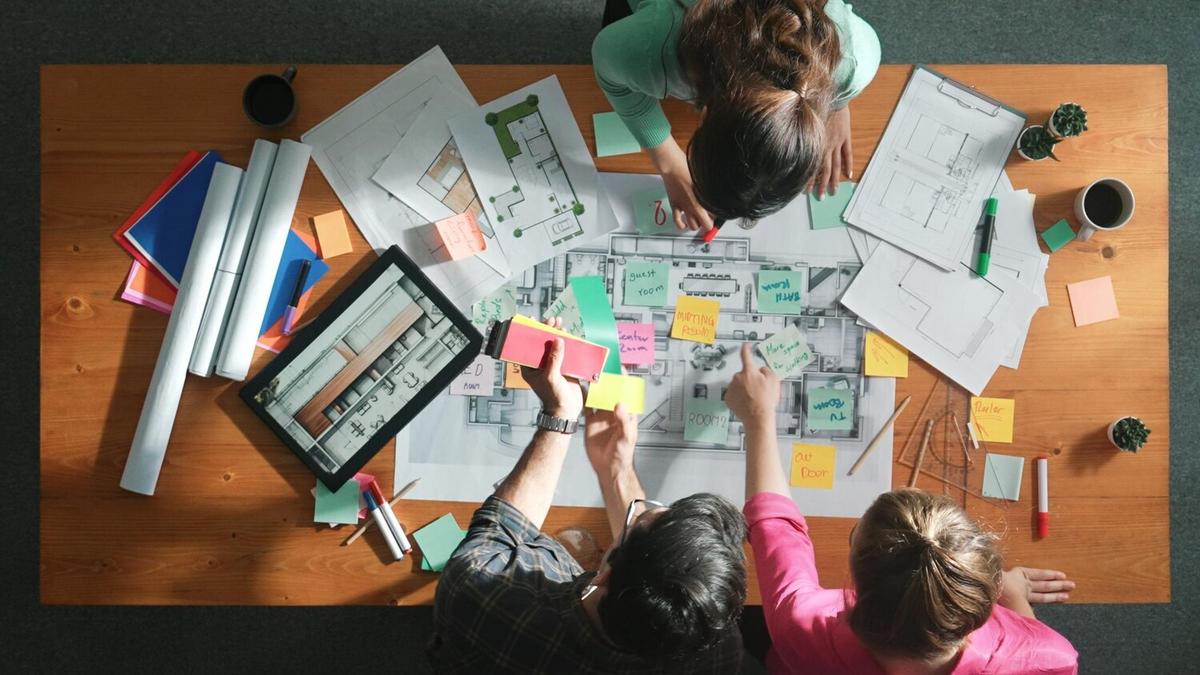
Plan Your Next DIY Project with Confidence
Starting a DIY project can be both exciting and daunting. Whether you’re a seasoned DIY enthusiast or a beginner, careful planning is essential to ensure your project is successful and enjoyable. This guide will provide you with expert advice, helpful tips, and actionable steps to plan your next DIY project with confidence.
Why Planning is Crucial for DIY Projects
Planning your DIY project not only saves time and money but also ensures that you complete the project safely and effectively. According to a study by the Home Improvement Research Institute, homeowners spent an average of $7,560 on home improvement projects in 2020. With such significant investments, proper planning is critical to avoid costly mistakes.
Expert Opinions on Planning DIY Projects
According to the National Association of Home Builders, ‘Proper planning can make the difference between a successful project and a DIY disaster.’
Steps to Plan Your DIY Project
1. Define Your Project Scope
Clearly define what you want to achieve. Break down the project into smaller tasks and create a detailed plan. This will help you stay organized and focused.
2. Set a Budget
Determine how much you’re willing to spend. Include costs for materials, tools, and any professional help you might need. According to the Joint Center for Housing Studies at Harvard University, the average cost of a DIY project can vary widely, so having a budget will keep you on track.
3. Gather Necessary Tools and Materials
Make a list of all the tools and materials you will need. Research the best places to purchase these items. Consider renting tools that you might not use frequently to save money.
4. Create a Timeline
Set realistic deadlines for each part of your project. Factor in time for unexpected delays. A well-planned timeline will help you stay on track and avoid frustration.
5. Learn and Prepare
Research how to complete each task in your project. Watch tutorials, read guides, and if necessary, take a class. The more you know, the more confident you’ll be.
Personal Experience: A Successful DIY Journey
Last year, I decided to build a garden shed. I started by researching designs and materials. I made a detailed plan and set a budget of $800. By purchasing materials on sale and borrowing tools from friends, I completed the shed under budget and on time. The sense of accomplishment was immense, and the shed has been a valuable addition to our home.
Comparison Table: Buying vs. Building
| Aspect | Buying | Building |
|---|---|---|
| Cost | Higher | Lower |
| Customization | Limited | High |
| Time | Less | More |
| Skill Required | Low | High |
| Satisfaction | Moderate | High |
| Durability | Varies | Control Over Quality |
| Learning Opportunity | Low | High |
| Safety | High | Depends on Skill |
FAQs
What if I don’t have the necessary tools?
Consider renting tools or borrowing from friends and family. Many hardware stores offer tool rental services.
How do I estimate the cost of materials?
Make a list of all needed materials and check prices online or at your local hardware store. Add a buffer for unexpected expenses.
What if I encounter problems during the project?
Take a break and research solutions. Online forums and DIY communities can be helpful. Don’t hesitate to seek professional help if needed.
Conclusion
Planning your DIY project is crucial for success. By defining your project scope, setting a budget, gathering tools and materials, creating a timeline, and preparing thoroughly, you can ensure a smooth and enjoyable DIY experience. Remember, the key to a successful DIY project is in the planning. Now, go ahead and start planning your next DIY adventure with confidence!


